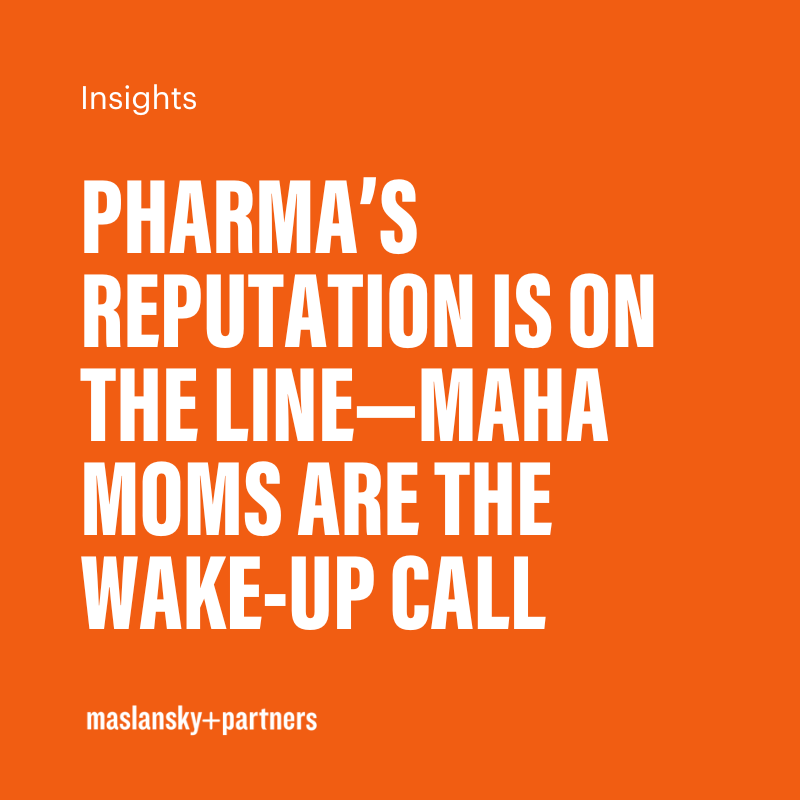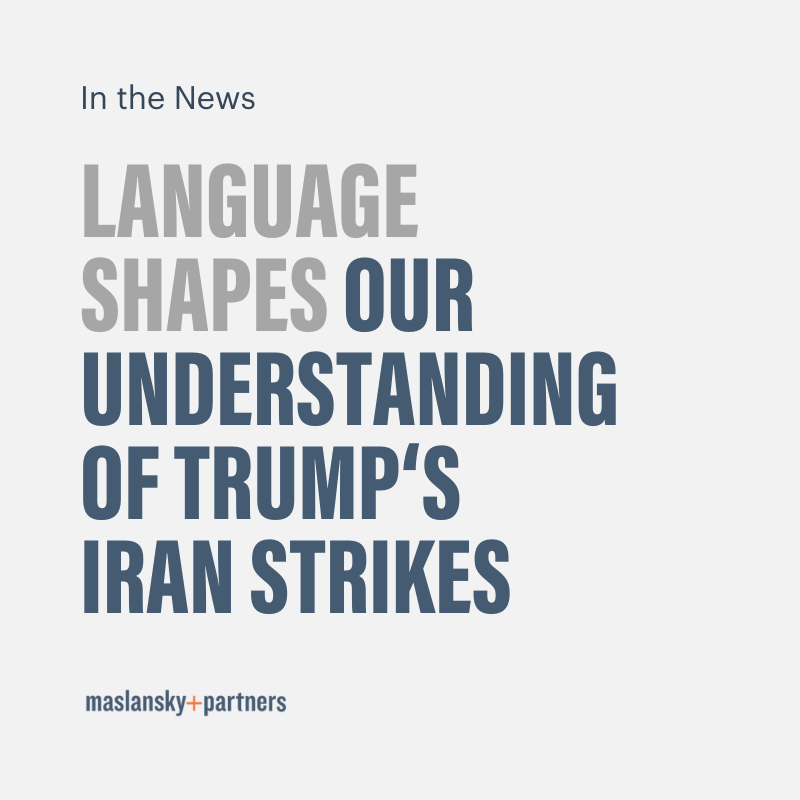Resurgence and Solidarity: How Companies Are Communicating COVID-19 in the wake of Black Lives Matter
Over the past three months, the COVID-19 pandemic—and, more recently, racial injustice and police brutality—have been at the forefront of public discourse. Since early March, we’ve been tracking what some of the world’s biggest companies have been saying about COVID-19. While these communications became less important in light of the Black Lives Matter (BLM) movement, the recent resurgence of cases across the US has thrust COVID-19 back into the spotlight.
As companies once again start to talk about “what’s next” in the context of the pandemic, we’ve noticed a number of shifts in the language being used. Here’s a glimpse into what we’ve been seeing.
Fighting COVID and Anti-Black Racism, Together
The theme: We are in this together and we will get through this together. In one of the earliest statements we recorded addressing both COVID-19 and BLM together, on June 13th Eli Lilly linked a $25 million pledge to combat racial injustice to its COVID-19 relief efforts. In their press release, the company stated the same culture that compels Eli Lilly to confront COVID-19 also compels them to confront racial injustice.
“As with our ongoing response to COVID-19, we’re confronting these injustices with the full force of our capabilities,” adding that the pledge “builds on Lilly’s ongoing efforts to create a more diverse, equitable and inclusive culture within the company and in communities where it operates, and across the world.”
-Tiffany Benjamin, President – Lilly Foundation
Meanwhile, in its 2020 Diversity Report, Facebook contextualized its Diversity initiatives within 2020’s most prominent and public social issues. In an article announcing the report on July 15th, the company called for unity and inclusion, stating:
We’ve seen people of color — Black, Latinx, Indigenous peoples — as well as those with disabilities, veterans, the elderly, and those who work on the front lines, dying at higher rates from COVID-19. We’ve seen Black Americans killed flagrantly, as if their lives do not matter; women subject to increased domestic abuse in their homes; xenophobic epithets hurled at Asians and people of various religions; violence against LGBTQ people, and so much more. We know in our hearts that our common humanity has not bred a common reality.
At the same time, in every crisis, there are opportunities to help, to serve and to bring people together — to stand for community and, more importantly, to act for community. This has been our mission from day one at Facebook, and we want inclusion to be a leading factor — not a lagging one — in everything we do.
– Maxine Williams, Chief Diversity Officer – Facebook
Language we’re watching: injustices, diverse, common humanity, common reality, act for community, inclusion, together
No one left behind
The theme: Companies are addressing the financial impact of the crisis on the minority communities most impacted. On Tuesday June 30th, Microsoft announced a new global skills initiative in response to the economic crisis caused by COVID-19, stating that the initiative would place an emphasis on people of color and women. Microsoft framed the significance of the program in light of the crises posed by COVID-19, pledging to support those most impacted.
“COVID-19 has created both a public health and an economic crisis, and as the world recovers, we need to ensure no one is left behind.”
-Satya Nadella, CEO – Microsoft
“The biggest brunt of the current downturn is being borne by those who can afford it the least…unemployment rates are spiking for people of color and women, as well as younger workers, people with disabilities and individuals with less formal education”
-Brad Smith, President – Microsoft
This language echoes that used by Citi on June 29th, when they announced a new COVID-19 relief program with a specific emphasis on supporting communities of color impacted by the pandemic. In a press release, Citi addressed the intersection between COVID-19 and racial inequity in America:
“COVID-19 has brought to the forefront the racial, economic, and social inequalities that exist in our communities. Partnering with community-based financial institutions to support those businesses and populations most impacted helps address the disparities that persist and support our communities in need.”
– Michael Corbat, CEO – Citi
Language we’re watching: recovers, no one left behind, those who can afford it the least, racial, economic, and social inequalities, most impacted
We can’t return to a “new normal”
Theme: This is an opportunity to create a better future for everyone. In a June 23rd press release that announced a new collaboration to share free graphics for COVID-19 related signage, HP framed the collaboration as a contribution to a “new way of life” resulting from the COVID-19 pandemic. Meanwhile, an HP spokesperson attributed the database as part of a larger push for societal change in a post-COVID-19 era, stating:
“As the world attempts to reopen, society is embracing new values on sustainability, humanity, empathy and solidarity to create a better tomorrow for everybody. We have learned that we can only overcome this virus together through prevention and responsibility…signage plays a critical new role in this endeavor by helping people feel they can be safe and we’re providing the technology to help achieve this.”
-Guayente Sanmartin, General Manager – HP Large Format Graphics Business, HP Inc.
More recently, in a statement about its annual Financial Wellness Census, Prudential emphasized that COVID-19 has brought to light economic, racial, and health disparities, positing that any way forward must now incorporate solutions to these systemic issues in order to be successful:
“This crisis exposed deep fissures in our public health and economic systems, pervasive racial and social inequity, and how weak our collective immunity is to financial disruption… Tackling these systemic vulnerabilities will require bold thinking and public/private partnerships to help our society overcome financial fragility and prosper through an inclusive recovery.”
– Jamie Kalamarides, President – Group Insurance, Prudential Financial
Language we’re watching: seismic shift, reimagining the future, new way of life, new values, better tomorrow, inclusive recovery
So what does this all mean?
The language we’re seeing today demonstrates that as companies consider ways to rebuild and adapt to a world with COVID-19, they are also reckoning with their roles in tackling racial inequalities and developing their consciousness about social issues. What’s more, changing workplace dynamics suggest that corporate communications about racial inequality and other systemic social inequalities are only becoming more important: in March, Dell and the International Data Corporation (IDC) reported that by 2021, 35% of knowledge and frontline workers will consider social, environmental, and humanitarian actions as key criteria when choosing an employer.
Recent events would suggest this number will only rise. With COVID once again on the rise, we’re asking – will the shift toward more inclusive language, seemingly borrowed from the world of social justice, continue to influence how companies talk about COVID-19 and beyond? Will it continue to evolve as the fight for social justice does? Or will it fade, and in the end be shown to be more opportunistic than anything else?
As we continue to analyze the language of COVID-19, we’ll let you know what we find.
Language Strategy Intern Lauren Daukaus contributed to this analysis









